- All
- Commercial property market
- Commuting and accessibility
- Housing market
- Land use planning
- Other
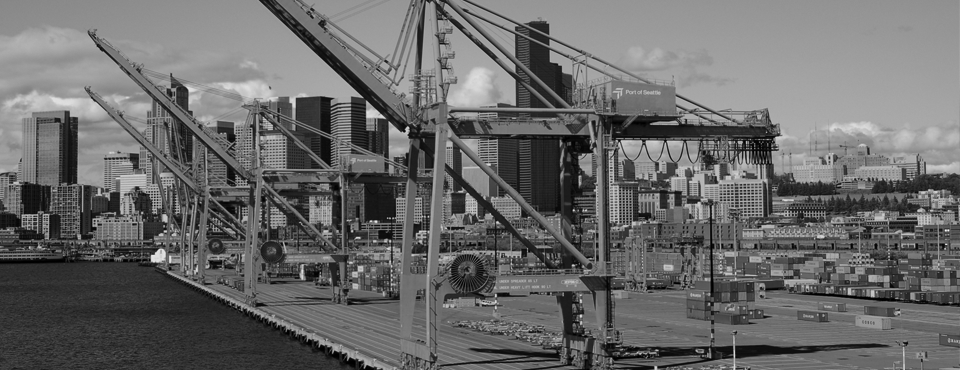
What do we know about the trillion dollar club? Understanding the economic geography of commodity trade
Commodity traders are crucial in managing global supply chains. It is linked with the financial sector on the one hand and with production, storage and distribution on the other. The industry is dominated by a few extremely large firms. Despite the sheer size of the industry, little is known about how these commodity traders manage the complex information and commodity flows, and, of course, where these activities take place. Access to and control over increasingly scarce commodities and contested supply routes are becoming more and more a geopolitical concern, so more understanding about the functioning of this industry is needed.
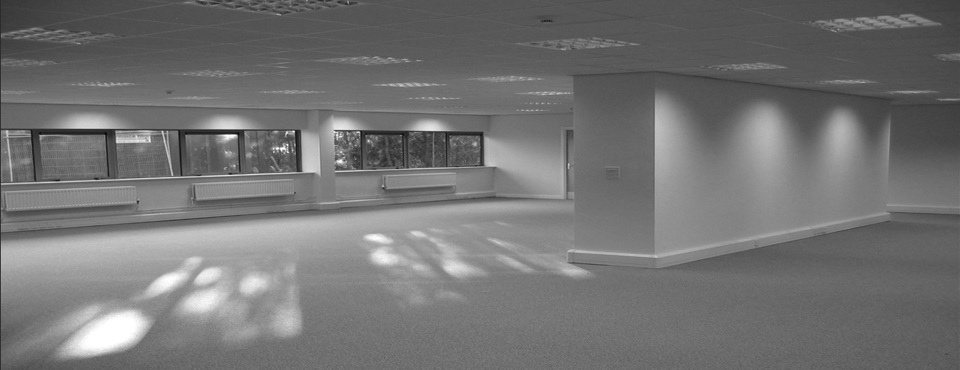
Office vacancies in the Netherlands: Alternative workplace strategies and the role of railway stations
In 2013, about 15 percent of the offices in the Netherlands were vacant. However, this share varies considerably over space. In Amsterdam, the vacancy rate was 18 percent, while in other cities like Wageningen, the vacancy rate was only a few percent. Can these huge spatial differences in office vacancy rates be explained by upcoming alternative workplace strategies (‘Het Nieuwe Werken’ in Dutch)?
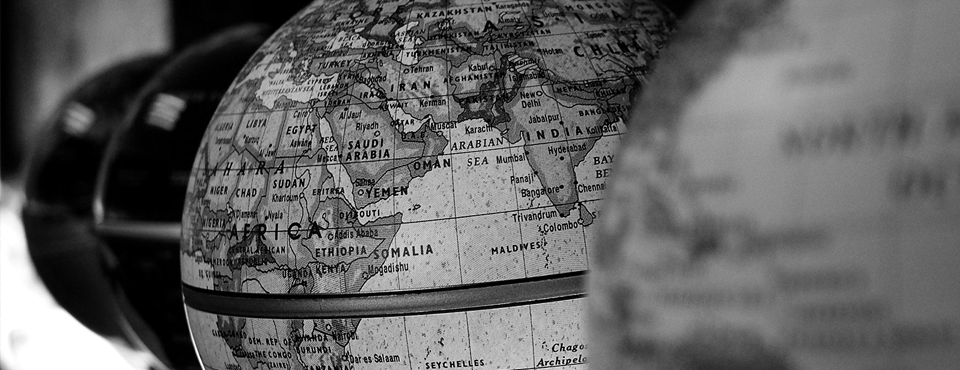
Multinationals and the local economy: Implications for the Dutch ‘Topsectoren’ Policy
The Dutch government has the aim to invest substantially in industrial sectors which have a comparative advantage, are relatively competitive and are internationally oriented. More than half a billion euro will be invested in nine ‘topsectoren’, including horticulture, life sciences and health, high-tech industries, and somewhat surprisingly, multinational headquarters. The idea of the somewhat distinct…

To buy or not to buy? Morality and markets
There is a shortage of donor organs for transplantation, and patients in need of an organ are typically placed on years-long waiting lists. Unfortunately, every year many people die while waiting for suitable organs. Economists have argued that a free market is the most efficient way to distribute goods, so why shouldn’t we allow for a free market in organs? In the distribution of kidneys, there is already quite a lot of trade, as one only needs one kidney to survive. If both parties (the poor guy in Nepal and the patient on the waiting list) improve their utility, why not make this market legal?
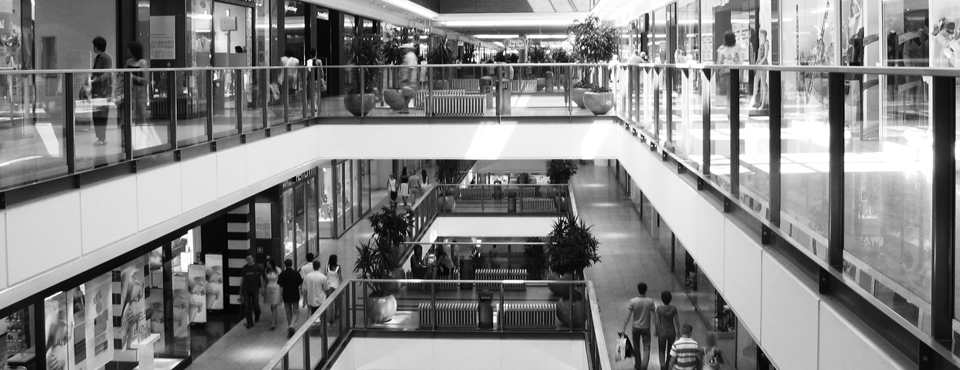
Why do shops cluster? Spatial competition and agglomeration in the Netherlands
Retail markets constitute a large fraction of the economies of most modern economies and facilitate the distribution of final goods and services to consumers. It seems that in general retail activities are clustered in city centres and secondary shopping centres. Does clustering of retailers imply larger profits or is this merely a result of urban planning? The master’s thesis Spatial Competition vs Spatial Agglomeration identifies and estimates the effect of being located close to other retailers of the same type on how much retailers pay for shopping space.
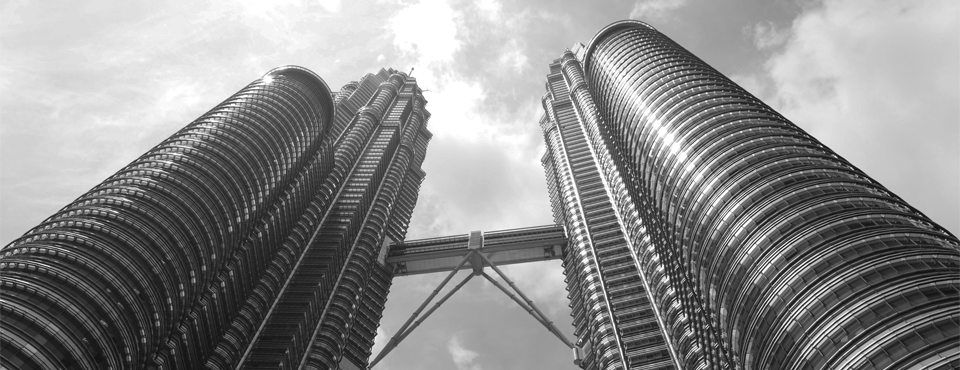
The economics of skyscrapers
7 out of 10 tallest buildings in the Netherlands are constructed after 2000, suggesting that skyscrapers become an increasingly common sight in Dutch cities. And the Netherlands isn’t alone. According to Council on Tall Buildings and Urban Habitat, there were 602 buildings higher than 200 metres around the world in Spring 2011, compared with 258 in 2000 and just 146 a decade before.
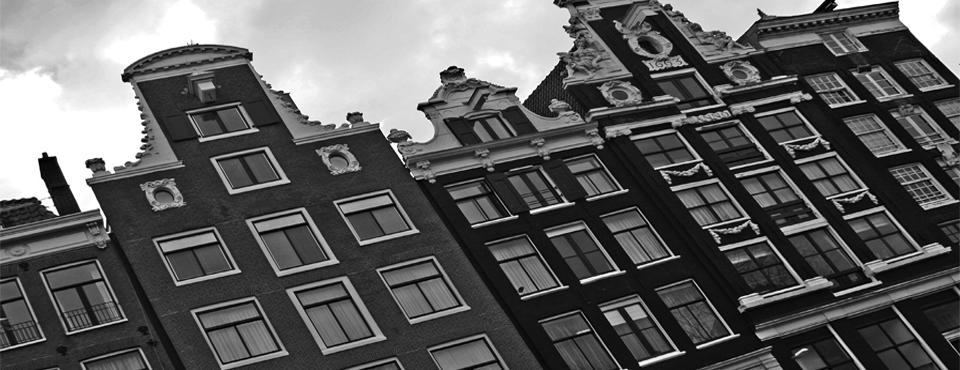
Historic buildings and income sorting
Why is the city centre of Amsterdam with the canals so expensive? Why are people willing to pay more to live in Kralingen, Rotterdam, than in the city centre? One important reason, although it is certainly not the only one, seems to be the presence of historic buildings. In the Netherlands, but also in other…
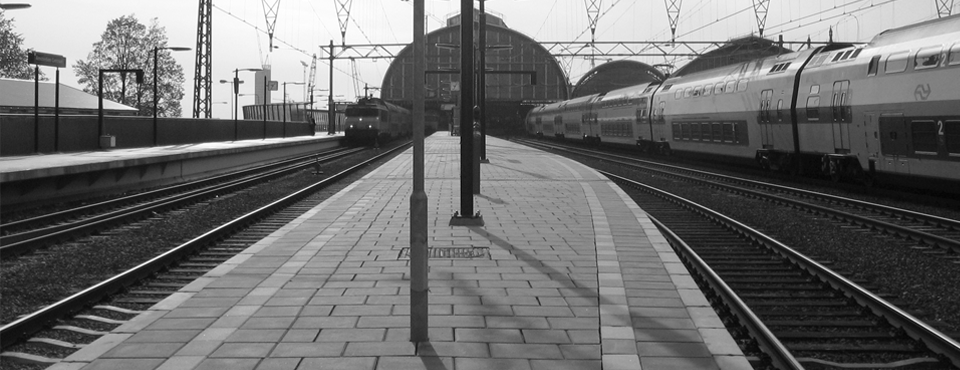
The gains of trains
Congestion problems on the road and environmental constraints are causing a renewed interest for public transport. In the Netherlands, about a month ago, a major rail extension between Lelystad and Zwolle was opened. Further, in the last decade several new railway stations have been opened in the Netherlands (for example Halfweg-Zwanenburg, Sassenheim, see Figure). As is well known, railway improvements are extremely costly for society. It is therefore important to know if the society benefits from railway improvements, and more specifically, benefits from the opening of new stations.
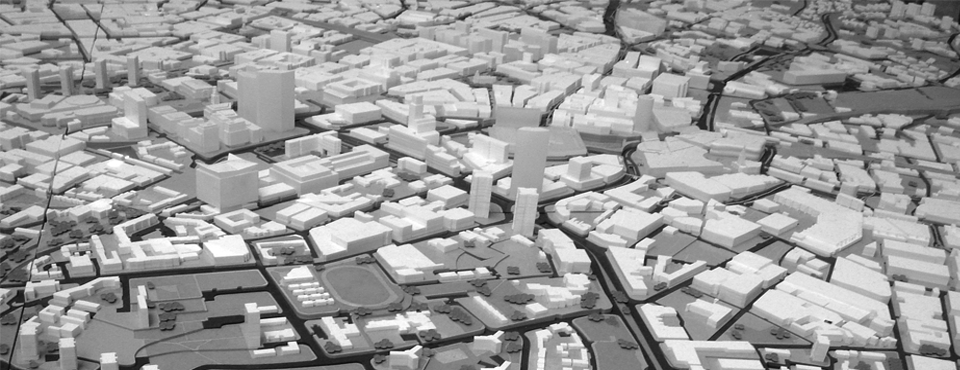
The internal structure of cities: the economics of agglomeration, amenities and accessibility
[this is the summary of my dissertation; click here for the Dutch summary] Introduction We have seen a vast increase in the number of people residing in urbanised areas in the last two centuries. It rose from about 7.5 percent in 1800 to more than 50 percent nowadays (Huriot and Thisse, 2000; Glaeser and…
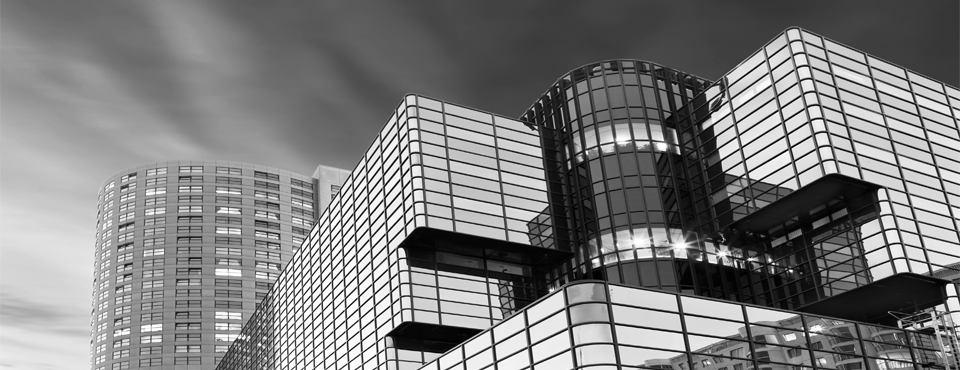
Firm location choice and cities
We have seen a vast increase in the number of people residing in urbanised areas in the last two centuries. It rose from about 7.5 percent in 1800 to more than 50 percent nowadays. The number of urban megapolises is steadily rising: cities like New York, London, Tokyo, Mumbai and Rio de Janeiro become an…
